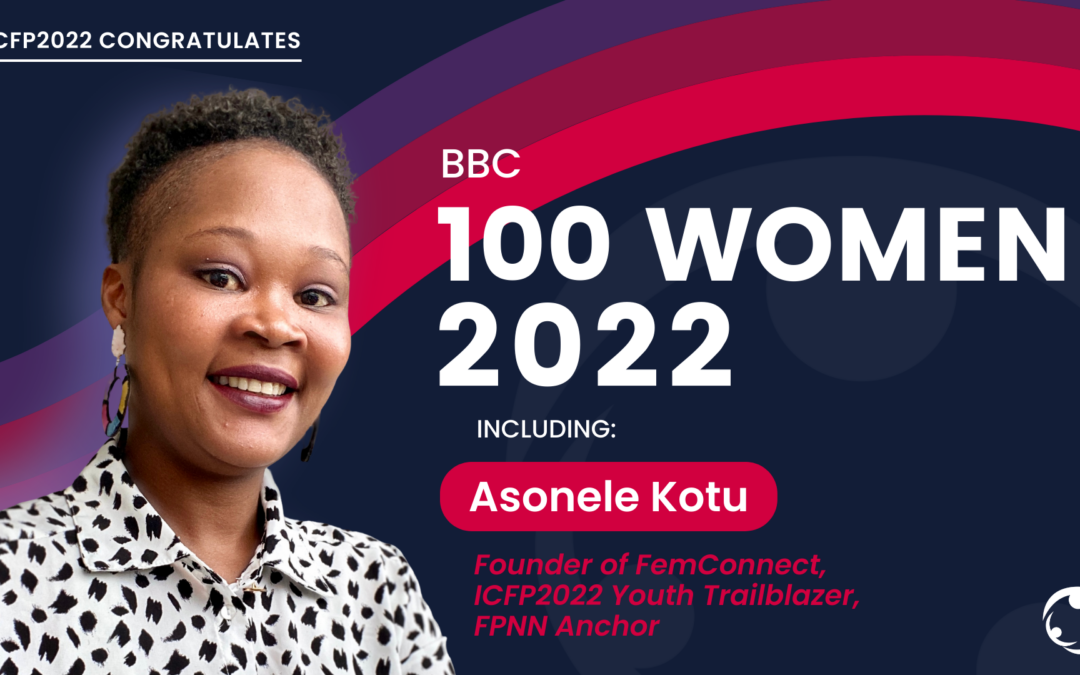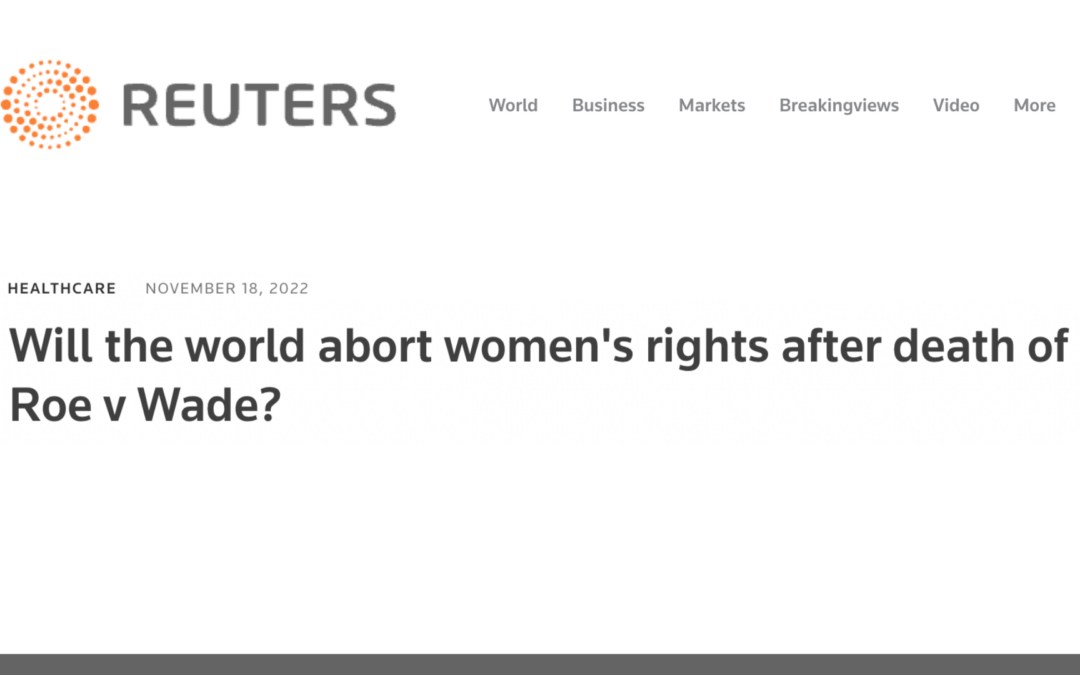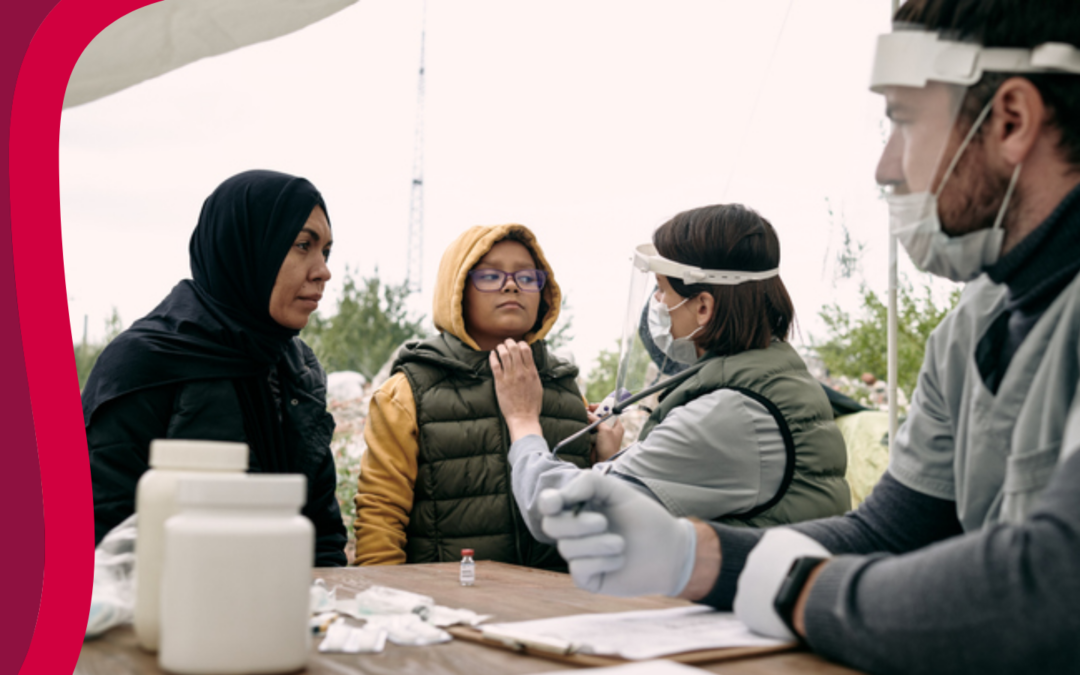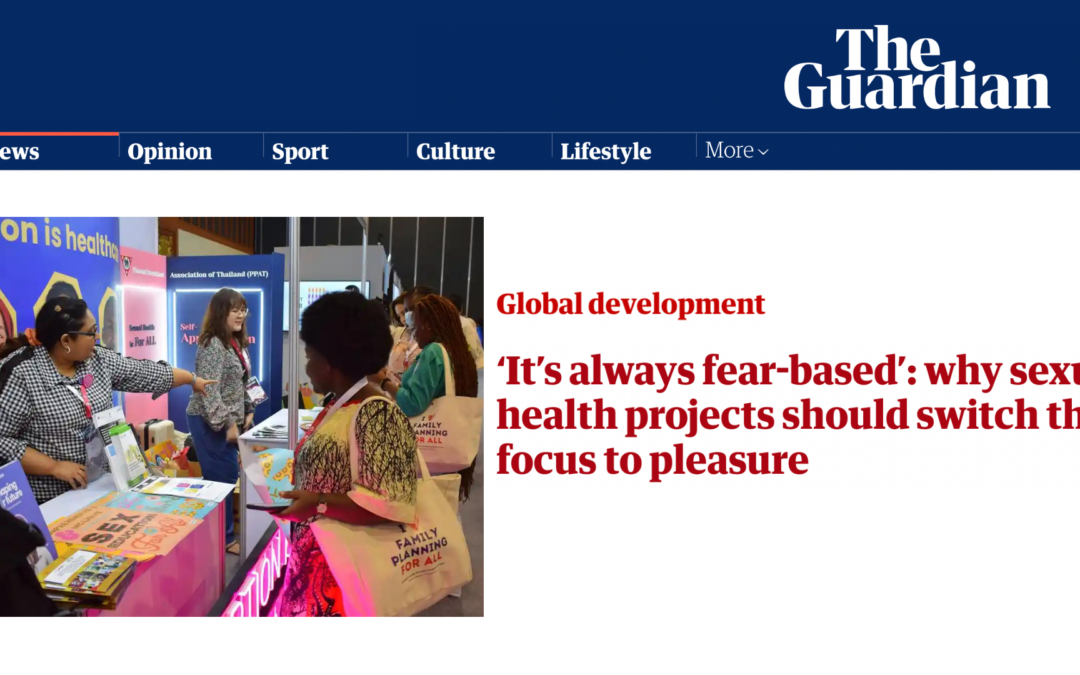By Jay Gribble and Beth Rottach of Palladium. Originally posted by Science Speaks.
Photo: © David Olson for KJK/Palladium
We are in the middle of a pandemic. Our attention has turned to testing for the presence of COVID-19 and following guidance about who should go to the doctor and the hospital. We’re asking: Will masks protect us? Why aren’t there test kits? and other key questions that characterize the pandemic in the United States. But on a global basis, a few key messages continue to ring clearly in the ears of all people—wash your hands for at least 20 seconds with a lot of soap, stay at least six feet from other people, and minimize the number of people with whom you come into contact. As we fear with pandemics, this one is gradually hitting all parts of the world, and it’s clear that we have yet to feel the full impact of COVID-19.
Pause to Consider Women
We think it’s worth pausing to reflect on how communities and governments will respond to the epidemic and whether social structures may put women at an inherent disadvantage to be burdened by COVID-19. Even though data suggest that mortality is higher among men than women, the risk of exposure may be higher for women and the social and economic impact is also likely to affect women more.
UN Women reports that 70 percent of the global workforce in health and the social sector are women. As front-line health workers, nurses and community health workers are more likely to be exposed to people infected with COVID-19. The importance of having access to preventive equipment cannot be understated for healthcare providers, as their unchecked exposure will create ripple effects through both communities and households, undermining recovery to health and the economy.
Even though women make up the vast majority of the global health workforce, women are vastly underrepresented in global health security, making up just 20 percent of the WHO Emergency Committee on COVID-19 and only 10 percent of the U.S. Coronavirus Task Force. This inequity means that we are missing out on women’s expertise and perspectives in planning our response. Fostering more inclusive leadership can help ensure that COVID-19 responses prioritize both women’s and men’s needs.
We know women play a vital role as caregivers to both children and the elderly. Women do three times as much unpaid work as men in normal circumstances; adding COVID-19 to the mix is certain to increase the burden of care giving that women carry out. Single mothers shoulder an excessive load during these times of lock down, social distancing, and quarantine. Keeping children engaged in school while trying to carry out work responsibilities — assuming that these women have a job that can be carried out at a distance — is essentially burning the candle at both ends.
In low- and middle-income countries, women are also more likely than men to have lower paid jobs, often employed in the informal sector and less likely to have insurance. If they become ill, they may have limited access to healthcare, relying only on overburdened public sector facilities. The global priority of universal health coverage becomes even more urgent as we reflect on the gender-based inequity in access to healthcare around the world.
Prioritize Health Services Unique to Women
As we saw in the Ebola and Zika outbreaks, many health systems around the world are fragile and barely manage in the best of circumstances. In this pandemic, ongoing services will suffer. Out of necessity, health sectors deprioritize ongoing services that affect women, including antenatal care, reproductive health, and family planning. Data from the Ebola outbreak in Liberia indicate that more women died of obstetric complication during that time then they did from Ebola. Moreover, the combination of stress, financial challenges, and lock down may trigger an increase in gender-based violence Globally, home is the most dangerous place for women — as more countries are encouraging people to stay home, we need to think about how to ensure women’s safety is not compromised.
We understand the challenges of trying to be responsive to ongoing health needs while also addressing the urgency of a pandemic. The point is that health systems need to be strengthened so that it is not an “either/or” situation, but rather one where ongoing health needs can continue to be addressed.
Implementing global guidance on COVID-19 requires an understanding of contextual issues that drive behavior and a clear acknowledgment that not all people are affected equally. As we tackle the pandemic, the role that gender plays is critical.
A few recommendations include:
- Collect sex-disaggregated data to understand the differentials in transmission, infection, and impacts.
- Conduct ongoing gender analyses to (a) understand the context in which COVID-19 takes hold and (b) understand how the different social roles of women and men may affect how the pandemic impacts communities. Decision makers can use this evidence to address social and cultural enablers and barriers to mitigate the impact.
- Include women and women’s perspectives in the planning for pandemic responses, thus ensuring that responses address the needs of all parts of society.
- Ensure that front-line health workers have the protective gear necessary to perform their jobs—and recognize the need for protective gear to be adjustable to fit both men and women.
- Adapt gender-based violence prevention and response protocols to COVID-19 and integrate gender-based violence risk-mitigation strategies into COVID-19 responses.
The world has dealt with other pandemics and natural disasters in recent years that have challenged us to act quickly and responsibly. Responses need to take an equitable approach to ensure that the concerns of all people — especially vulnerable and marginalized groups — are addressed. The notion that a single response equally meets everyone’s needs is a false one. COVID-19 provides the opportunity to recognize that many women around the world are differentially exposed to health and economic risks. As the pandemic continues to spread, let’s apply lessons from the experiences of other countries ahead of the curve, as well as our experiences with other outbreaks, and work to develop responses that meet all people’s needs.





